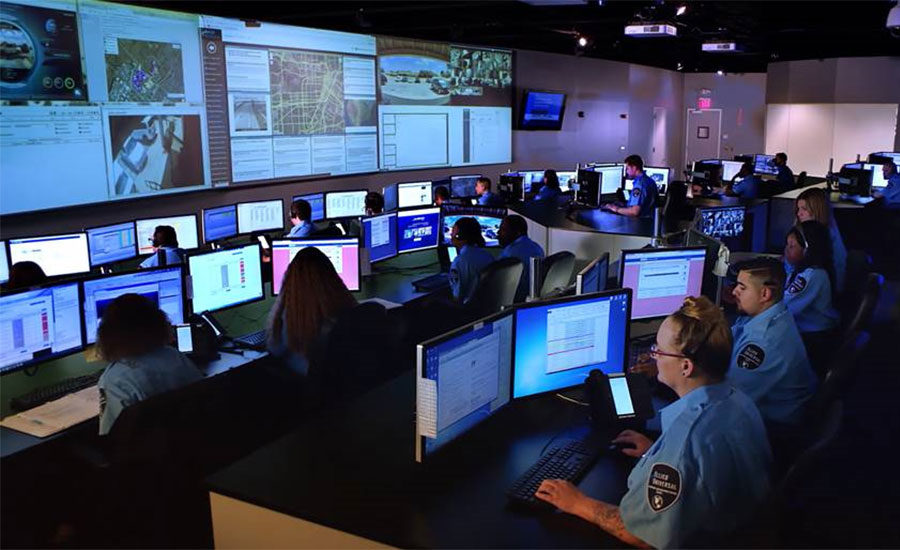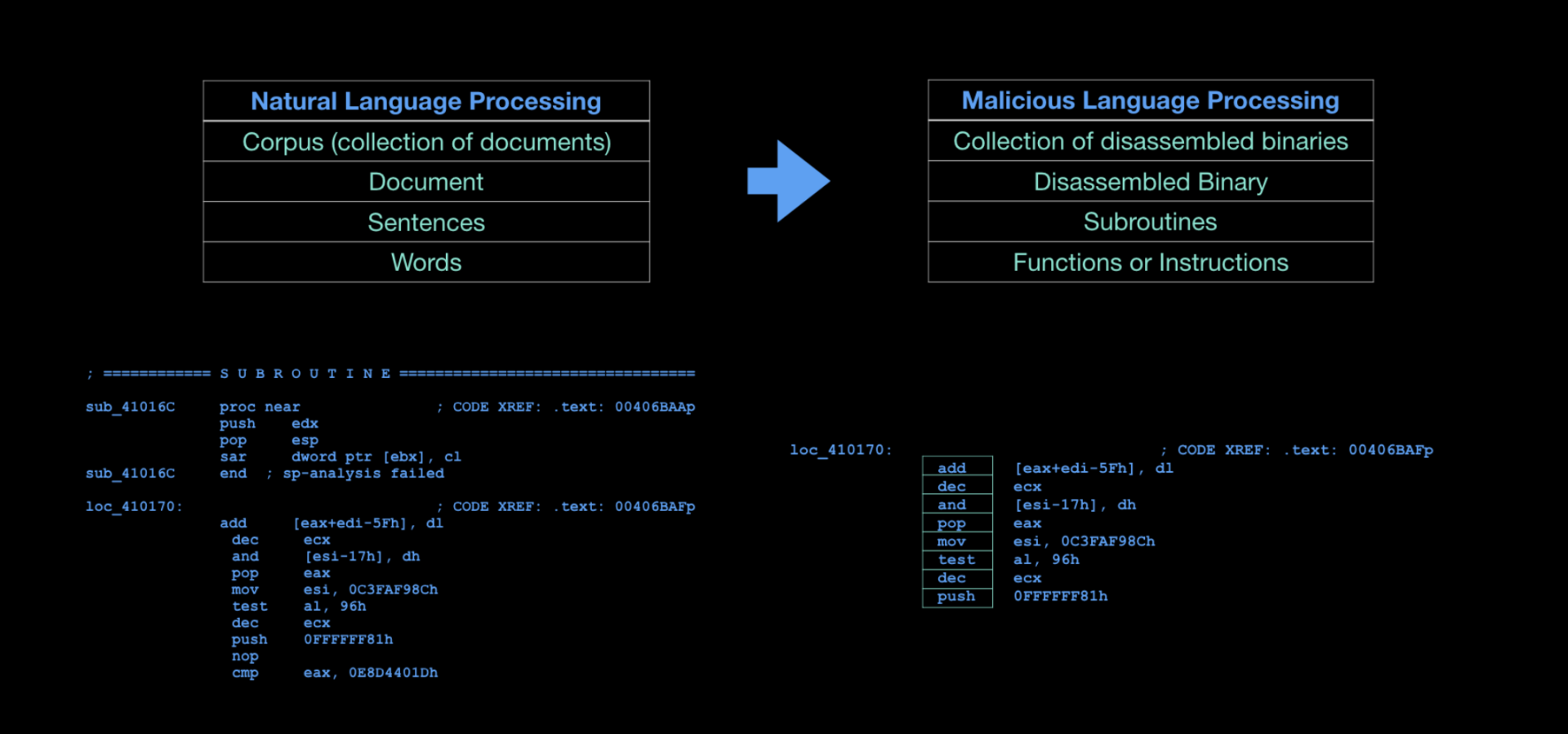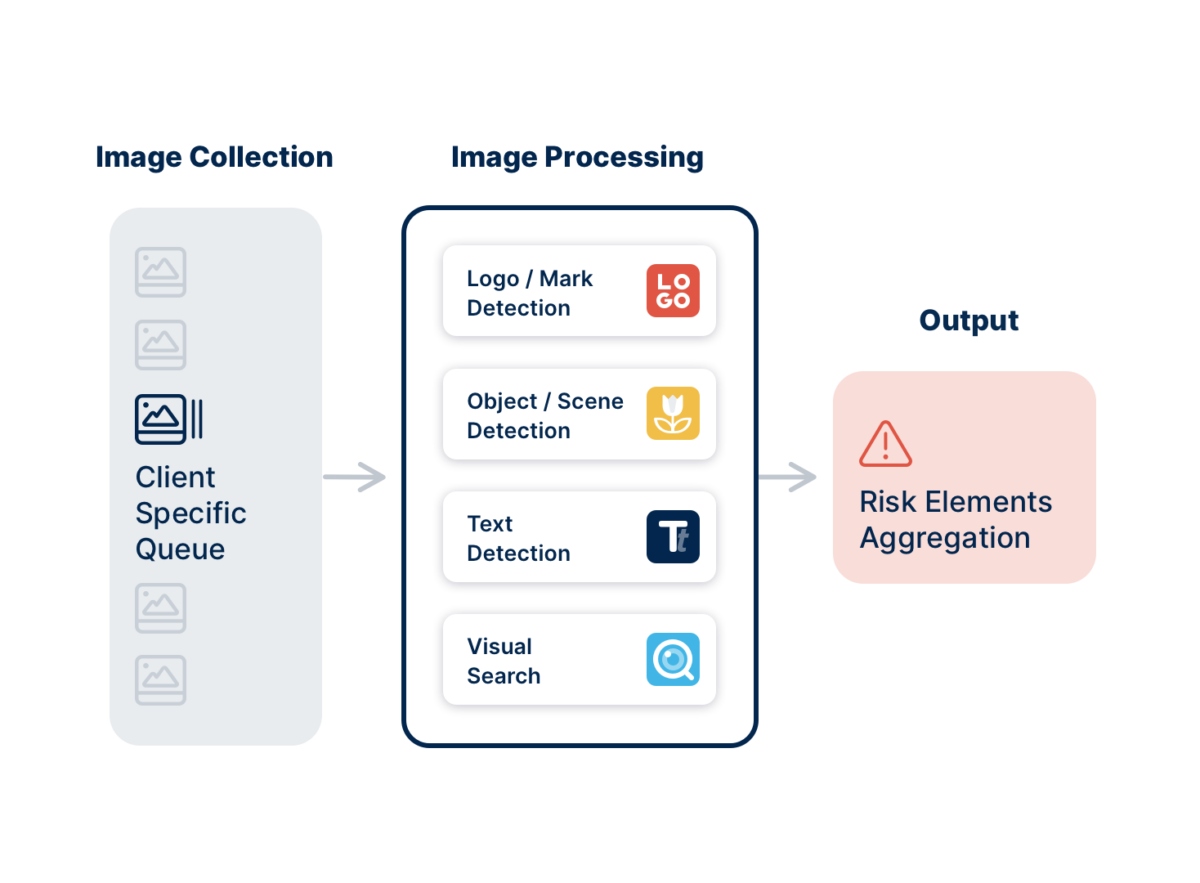Comments
- No comments found

Natural language processing (NLP) and computer vision are two branches of artificial intelligence (AI) that are disrupting cybersecurity.
NLP is the ability of computers to understand and process human language, including speech and text. In cybersecurity, NLP can be used for fraud detection by analyzing large amounts of text data, such as emails and chat logs, to identify patterns of malicious activity. NLP can also be used for threat intelligence by analyzing data from various sources, such as news articles and social media, to identify potential security threats.
Computer vision, on the other hand, refers to the ability of computers to interpret and understand images and videos. In cybersecurity, computer vision can be used for password cracking by analyzing images and videos that contain passwords or other sensitive information. It can also be used for facial recognition, which verifies the identity of individuals who access sensitive information or systems.
Cybersecurity is a critical issue in our increasingly connected world, and artificial intelligence (AI) is playing an increasingly important role in helping to keep sensitive information and systems secure. In particular, natural language processing (NLP) and computer vision are two areas of AI that are having a major impact on cybersecurity.

NLP and computer vision have the potential to revolutionize the way organizations approach cybersecurity by allowing them to analyze large amounts of data, identify patterns of malicious activity, and respond to security threats more quickly and effectively. However, it's important to be aware that AI itself presents new security risks, such as the potential for AI systems to be hacked or misused. As a result, organizations must adopt a comprehensive and well-informed approach to cybersecurity that takes into account the full range of risks and benefits associated with AI technologies. Here are 4 ways NLP & computer vision are useful in cybersecurity.
NLP can be used to analyze large amounts of text data, such as emails and chat logs, to identify patterns of fraud and other types of malicious activity. This can help organizations to detect and prevent fraud before it causes significant harm.
NLP can also be used to analyze large amounts of text data from a variety of sources, such as news articles and social media, to identify potential security threats. This type of "big data" analysis can help organizations to respond to security threats more quickly and effectively.
Computer vision can be used to crack passwords by analyzing images and videos that contain passwords or other sensitive information. This type of technology can help organizations to better protect their sensitive information by making it more difficult for attackers to obtain passwords through visual means.
Computer vision can also be used for facial recognition, which can help organizations to improve their security by verifying the identity of individuals who access sensitive information or systems.

AI technologies like NLP and computer vision are playing an increasingly important role in helping to keep sensitive information and systems secure. These technologies have the potential to revolutionize the way that organizations approach cybersecurity by allowing them to analyze large amounts of data, identify patterns of malicious activity, and respond to security threats more quickly and effectively. However, it's also important to recognize that AI itself presents new security risks, such as the potential for AI systems to be hacked or misused. As a result, organizations must take a holistic and well-informed approach to cybersecurity that takes into account the full range of risks and benefits associated with these powerful new technologies.
Leave your comments
Post comment as a guest